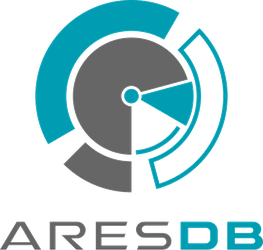Storage Architecture
Data within the archival delay of a table is kept uncompressed in live batches, while everything else is stored in compressed archival batches. If new data is ingested that is outside the archival array, it's added to an archival backfill queue which will be inserted into the archived batches asynchronously.
System Architecture
The CPU is only used to load information from storage into CPU memory and to distribute this data to GPU memory. The database system delegates each operator in a query to some GPU, so it's able to handle multiple GPUs by delegating different operations to different GPUs, each of which have completely separate memory. There are plans to implement proper distributed designs, but currently we're limited to a single system with multiple GPUs.
Joins
AresDB supports hash joins from fact tables (finite set data such as cities) to dimension tables (infinite streaming data such as rides). The database also supports geospatial joins (i.e. geographically bounded area overlap) and normal foreign key joins. Note that AresDB uses late materialization for its joins, meaning the join may not be executed until a foreign key is accessed.
Website
Source Code
https://github.com/uber/aresdb
Tech Docs
https://github.com/uber/aresdb/wiki
Developer
Uber
Country of Origin
Start Year
2018
Project Type
Written in
Inspired By
Elasticsearch, HeavyDB, Kinetica, Ocelot, Pinot
